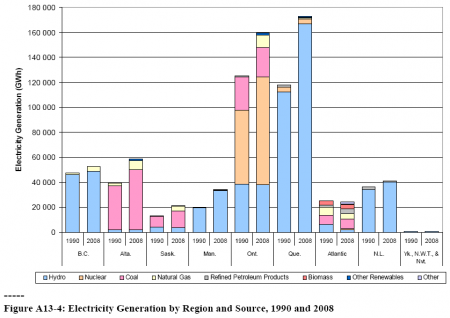
For the unfamiliar, Mythbusters is a television show in which a group of geeks test the validity of ‘myths’ about how the world works. Examples include whether poppy seeds can make a person fail a drug test, whether cell phones interfere with aircraft instruments, whether falling bullets can be lethal, etc.
While many of these questions can probably be answered with a reference text and as calculator, what distinguishes the show is how they set out to physically test the myths in question. Rather than just calculating how much helium it would take to lift one of them, they build a gigantic rig of 50 huge helium-filled tubes in a gigantic hanger.
In the past, I have been a bit bothered when they have done something physically that could have been very easily disproven with a bit of math. A little moment in an episode I saw yesterday changed my thinking a bit though. It was the demeanour of Adam Savage – one of the show’s two main hosts – when they were trying to make him buoyant in air by filling a small inflatable boat with helium. In the little clip, it is obvious that both he and Jamie Hyneman know perfectly well that the boat won’t have sufficient buoyancy. They do the physical test not because it is necessary, but because it illustrates their methodology.
As an XKCD comic points out, the lack of scientific rigour in some Mythbusters experiments is only a very minor basis for criticizing the show. It’s obvious that they put more thought into their trials than they have time to discuss on the show. For instance, testing the myth that Benjamin Franklin flew a kite in a thunderstorm with a key on the string, they mention in passing the use of an ‘authentic’ key. Furthermore, it seems clear that their major message is about the importance of empirical testing and verification, which is ultimately the best mechanism we have for making sure what we believe about the world is remotely accurate.
The show is a lot of fun, and I think it transmits some really important ideas about science. Their fondness for explosives certainly makes for enjoyable television. Furthermore, Kari Byron’s participation certainly doesn’t hurt the show’s entertainment value; she has to be one of the most attractive women in the entertainment industry, particularly when welding.





